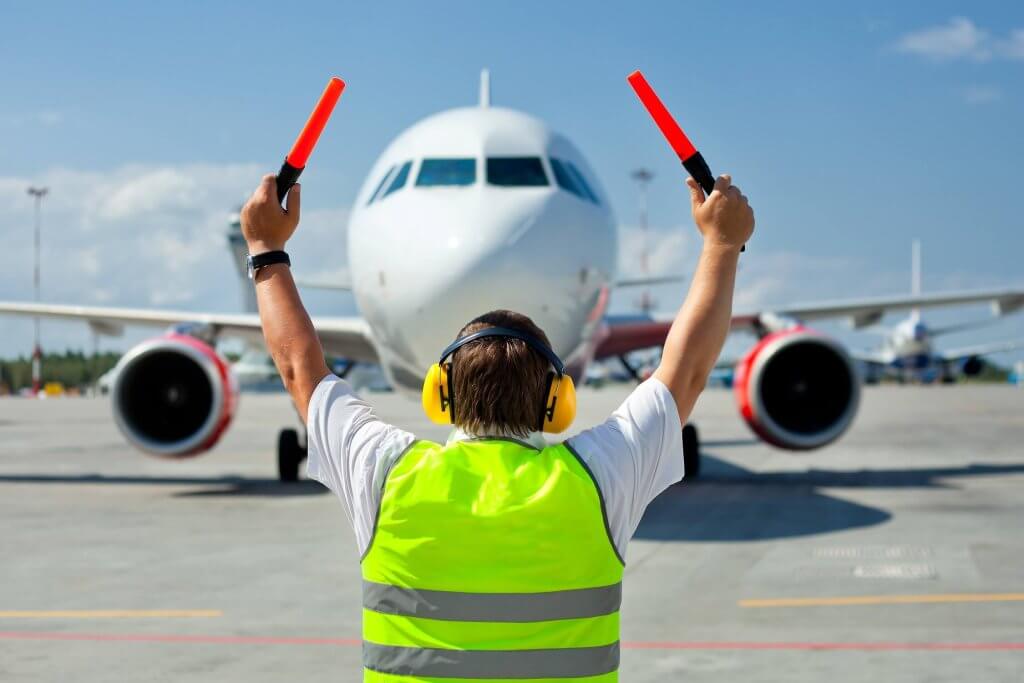From the lilting melody of your favourite song to the throaty roar of a classic car, some sounds are best heard at full volume. But it’s all too easy to forget just how damaging loud noises can be to our ears.
As you’ll know, life can be noisy. There are 11 million people with hearing loss across the UK. That’s one in six of us. By 2030 there will be nearly 630 million people suffering from hearing loss worldwide.
But which noises are the worst for our hearing?
The common noises
The loudness of sounds is measured in decibels. The difference between 90 decibels and 100 decibels might not seem like much numerically, but it’s actually twice as loud. If 20 decibels = a power rating of 100, then 30 decibels = 1000 and 40 decibels = 10,000, and so on. Just 10 decibels make a whole lot of difference to your hearing.
At the loudest end of the noise scale, a jet engine produces around 150 decibels, that’s loud – really loud. This is why you’ll often see airport workers wearing ear protection. Without it, they would suffer from hearing impairment as a result.
To put it into perspective a pneumatic drill is usually around 100 decibels, and a normal conversation is around 60 decibels.
Ninety decibels is about the volume of someone shouting, 95 decibels is the typical volume of a power drill, while an electric lawnmower will hit around 100 decibels. The London Underground can also reach dangerous noise levels. Research from 2018 found at least 10 different journeys that passed the 105 decibels level – about the same as a helicopter taking off.
85 decibels is the danger zone
In fact, any sustained sound above 85 decibels can result in permanent hearing impairment. This means even normal, everyday environments are potentially damaging to our hearing: 85 decibels are akin to a busy road or motorway, and any exposure to this level of noise can result in hearing problems such as tinnitus or hearing loss. The length of exposure determines how much damage it will cause.
Musicians are at high risk of suffering with these conditions too, their continued exposure to loud music means around 50% experience some form of hearing loss.
An average rock concert can easily run north of the 100 decibels mark. That’s too loud to be safe, but protection is available – ear plugs are essential, particularly if you’re a regular gig-goer. Ear plugs are available that reduce the volume but don’t impact the clarity or tone of the music.
Protecting your ears
By far the easiest way to protect your hearing is simply to turn the volume down. Whether it’s the TV or radio, scaling back the volume will help to protect your ears – especially if you regularly use headphones. Noise-cancelling headphones can be well worth the investment, helping you block out ambient noise and keep the volume of your music lower as a result.
If you’re exposed to loud noises in a work-related environment or if you’re a musician, you might want more advanced protection, such as high-fidelity earplugs. These will dampen the sound and reduce it to a safer level without degrading clarity.
We offer custom-fit moulded earplugs for almost any kind of activity, including swimming, motorsports and shooting.
Book a FREE hearing test today
A regular hearing test is often the best way to protect you against hearing problems. The earlier hearing loss is detected, the more effective the treatment will be whilst also helping to preserve your hearing further down the line.
To book your hearing test today, call our friendly and professional team on 0800 52 00 546, pop into your local The Hearing Care Partnership practice or book your free hearing test online.

